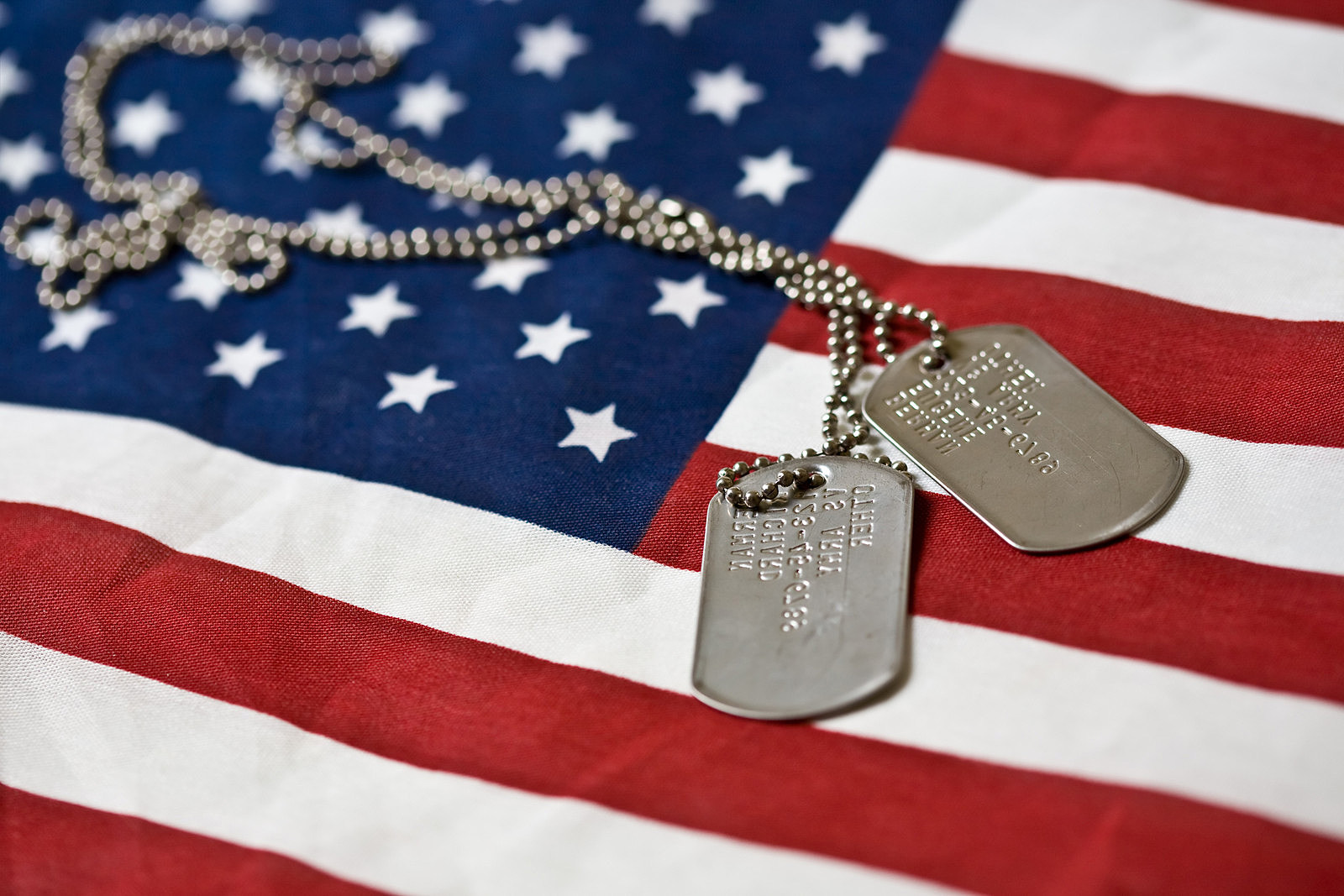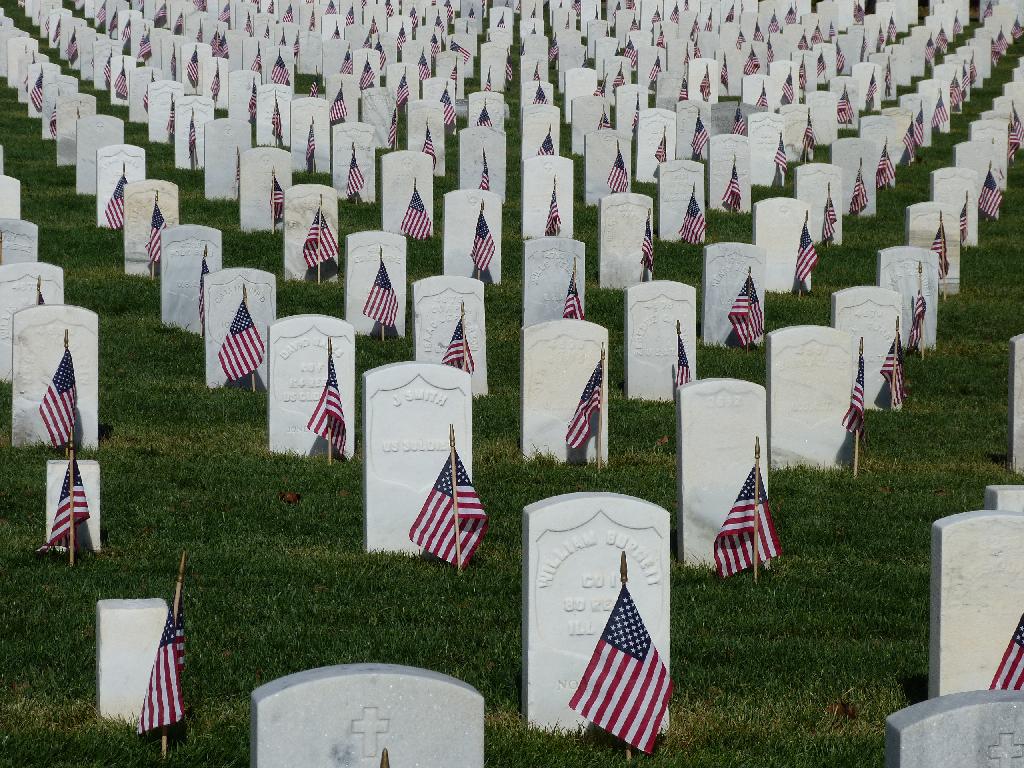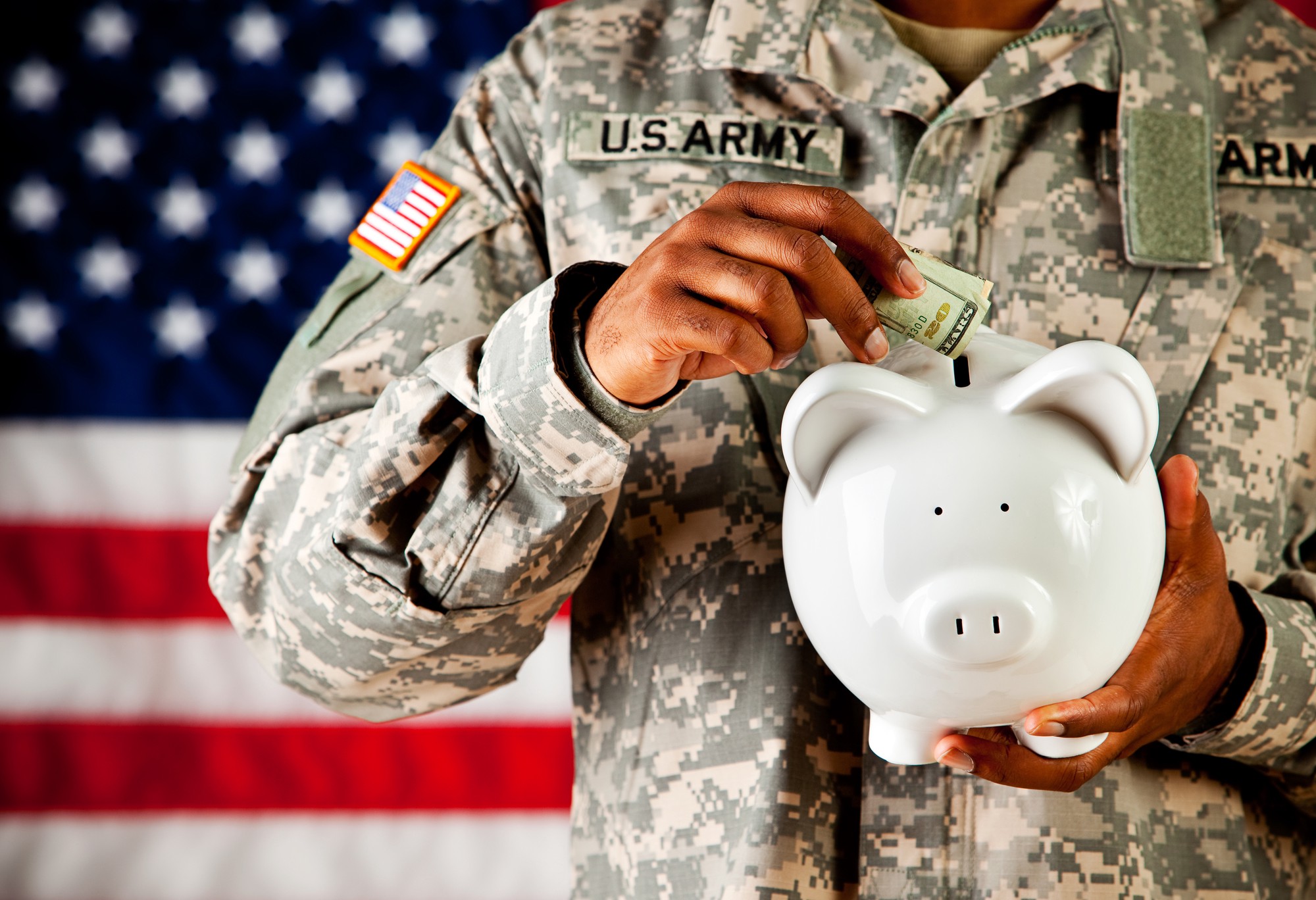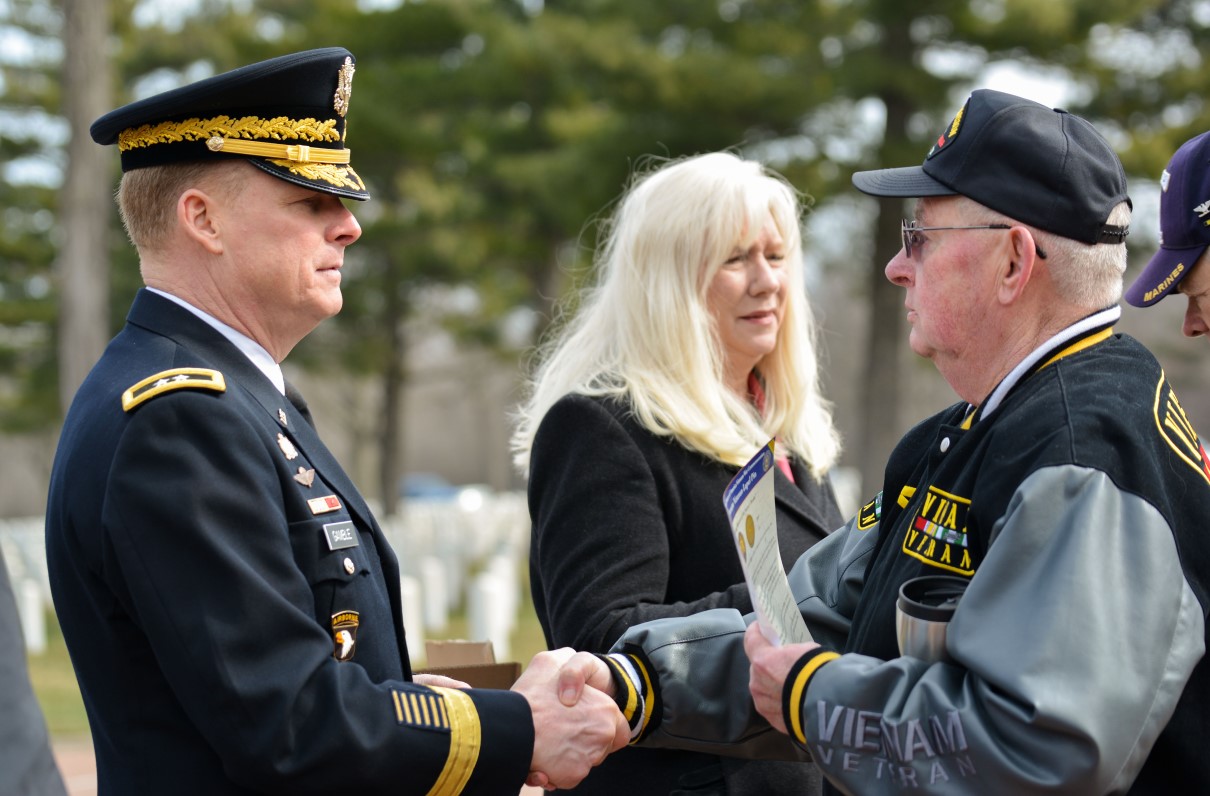
Additional Veteran Benefits Resources
Find veterans benefits offered by each state. Did you know that state, city, and community programs also offer a range of veteran benefits and programs for qualifying vets and their families? City Websites, Chambers of Commerce Sites Searching for veteran benefits by city can be a bit more challenging than searching for state resources. There…




